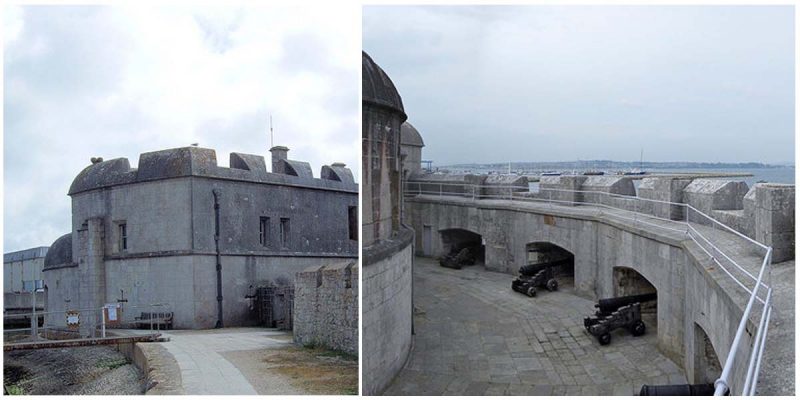Portland Castle is an artillery fort constructed by Henry VIII on the Isle of Portland, Dorset, in the early 1540s. The castle was built from Portland stone, with a curved central tower and a gun battery, and it formed part of the King’s Device program to protect against invasion from France and the Holy Roman Empire.
It was armed with eleven artillery pieces shortly after its construction, intended for use against enemy shipping, operating in partnership with its sister castle of Sandsfoot on the other side of the anchorage.
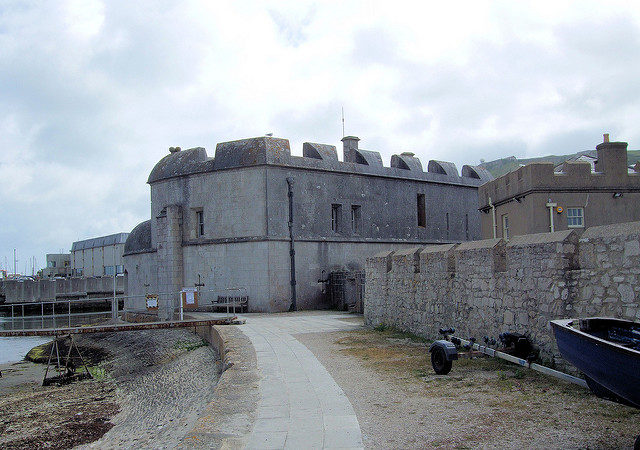
Portland continued to use the fort until the end of the Napoleonic Wars in 1815, when it was converted into a private house. The castle was taken over again in 1869 but it was not rearmed and instead served as accommodation for more modern neighboring fortifications.
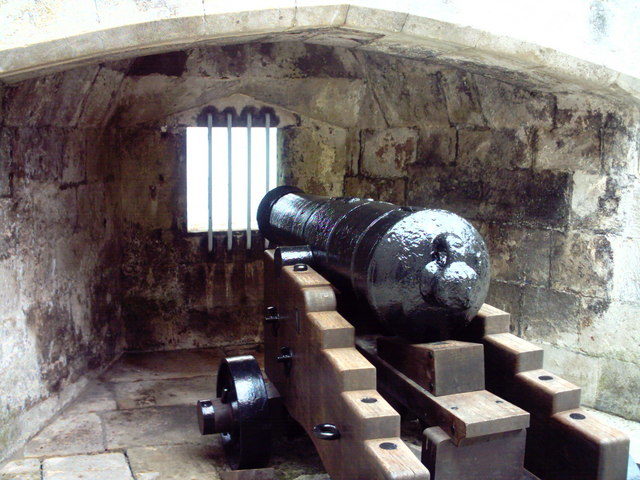
In the early years of the 20th century, the War Office and the Office of Works held discussions on how to manage the castle. In 1908, Portland was placed onto the Schedule C list, which meant that the Army would continue to use and manage the historic property, but with input on repairs from the Office of Works.
During the First and Second World Wars, Portland Harbour became an important naval base and the castle was used as an ordnance store. In 1949, the War Office relinquished control, and in 1955 it was opened to the public by the state.
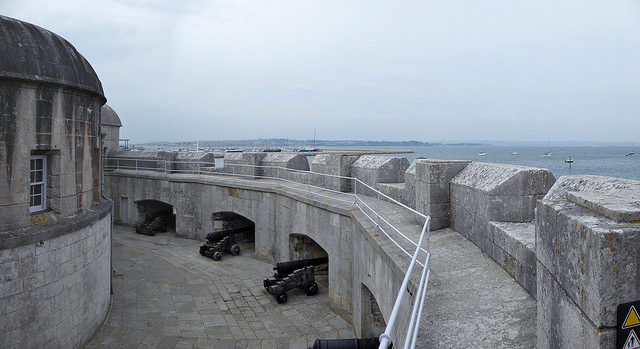
The keep, standing 120 feet high, is the heart of the castle and it is surrounded by a walled courtyard, approximately 170 by 90 feet, with two gun platforms on either side of the keep. In the western side of the courtyard is the Captain’s House, and beyond the eastern wall lies the Governor’s Garden. The castle is entered through an outer gateway on the southern side, surmounted by Charles II’s coat of arms.
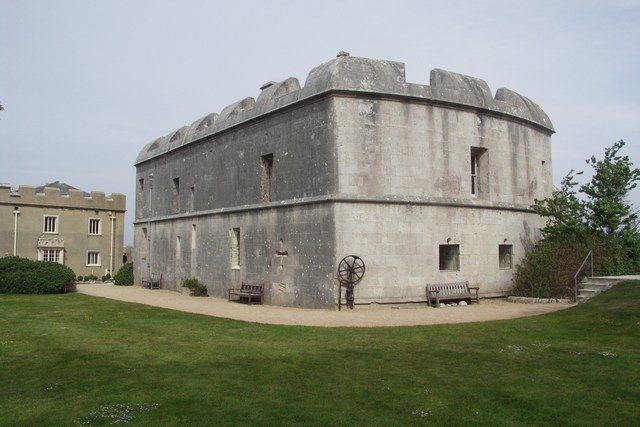
The two storey high keep was built of ashlar Portland stone and is considered to be one of the best preserved Henrician forts. In the center of the ground floor is the octagonal great hall, which has large Victorian windows. There are several wings outside the great hall, including the gunners’ quarters and the castle’s kitchen, which was later equipped with a large 16th century fireplace.
The gun room is located at the front of the keep. Originally, it was a two-storey gun battery with embrasures for five guns on the ground floor and four more above the first floor. The ground-floor embrasures were designed with vents to allow the smoke from the guns to escape.
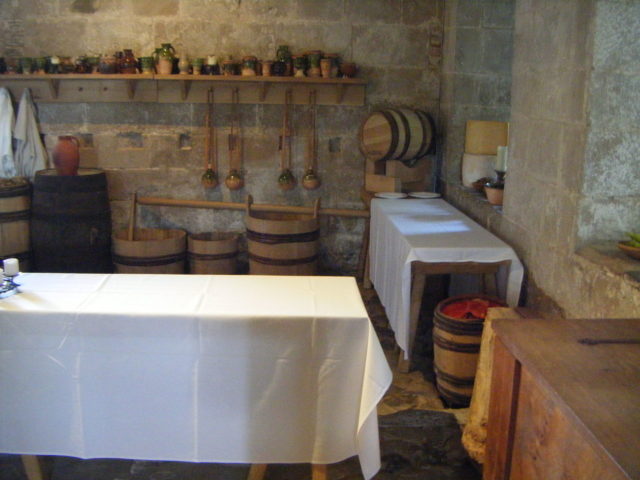
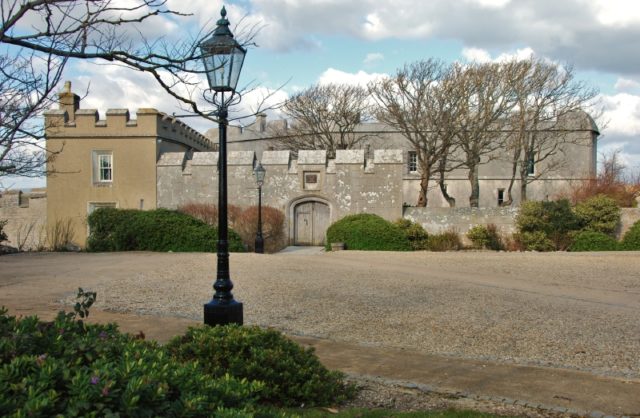
The Captain’s House and the gardens were used by HMS Osprey helicopter base until 1999 when the part opened for visitors. Today, the castle is operated by English Heritage as a tourist attraction.
The main castle is protected under UK laws as a Grade I listed building, and the Captain’s House as a Grade II building.
